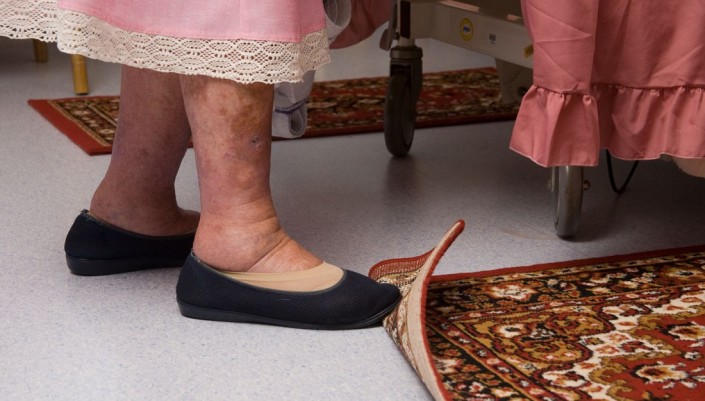15% of seniors in residential facilities suffer from serious falls, study says

Image: Texas A&M Health Science Center
A researcher at the School of Public Health has conducted the first nationwide study of risk factors that lead to falls in residential care facilities. These facilities differ from nursing homes in that residents may require less help in everyday living.
By analyzing data sponsored by the National Center for Health Statistics and the Centers for Disease Control and Prevention (CDC), Research Assistant Professor Samuel D. Towne, Jr., found that elders most at risk were females who live in larger facilities and who need assistance with at least one common daily activity, such as dressing or walking.
“The fact that we found approximately 15 percent of people in these facilities suffering an injurious fall is a serious issue, and it is a story that needed to be told,” Towne said. “The 15 percent who fell doesn’t even account for falls that were not reported, or falls that didn’t lead to injury.”
More than 700,000 adults live in residential care facilities nationally, meaning that injurious falls may affect more than 100,000 residents per year.
Towne’s study also found:
* Compared to other racial groups, Black or African American adults had the lowest rates of injurious falls, at 5.5 percent.White or Caucasian adults had a rate of about 15.5 percent, and Asian adults a rate of 11 percent.
* Larger facilities with 26 to more than 100 beds reported a larger percentage of injurious falls among its residents than than did small or medium facilities (4 to 25 beds): 16 percent vs. 11 percent. The reasons are not clear.

